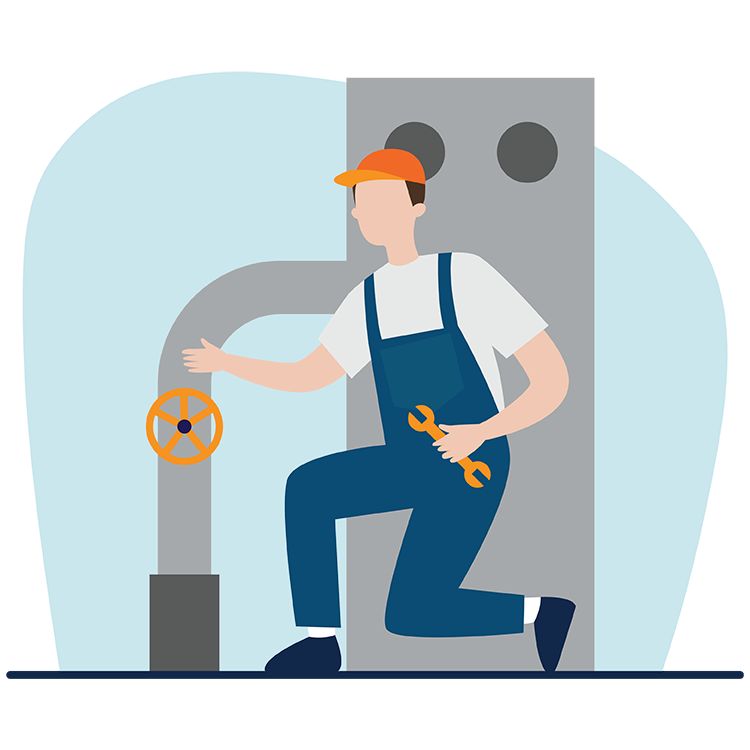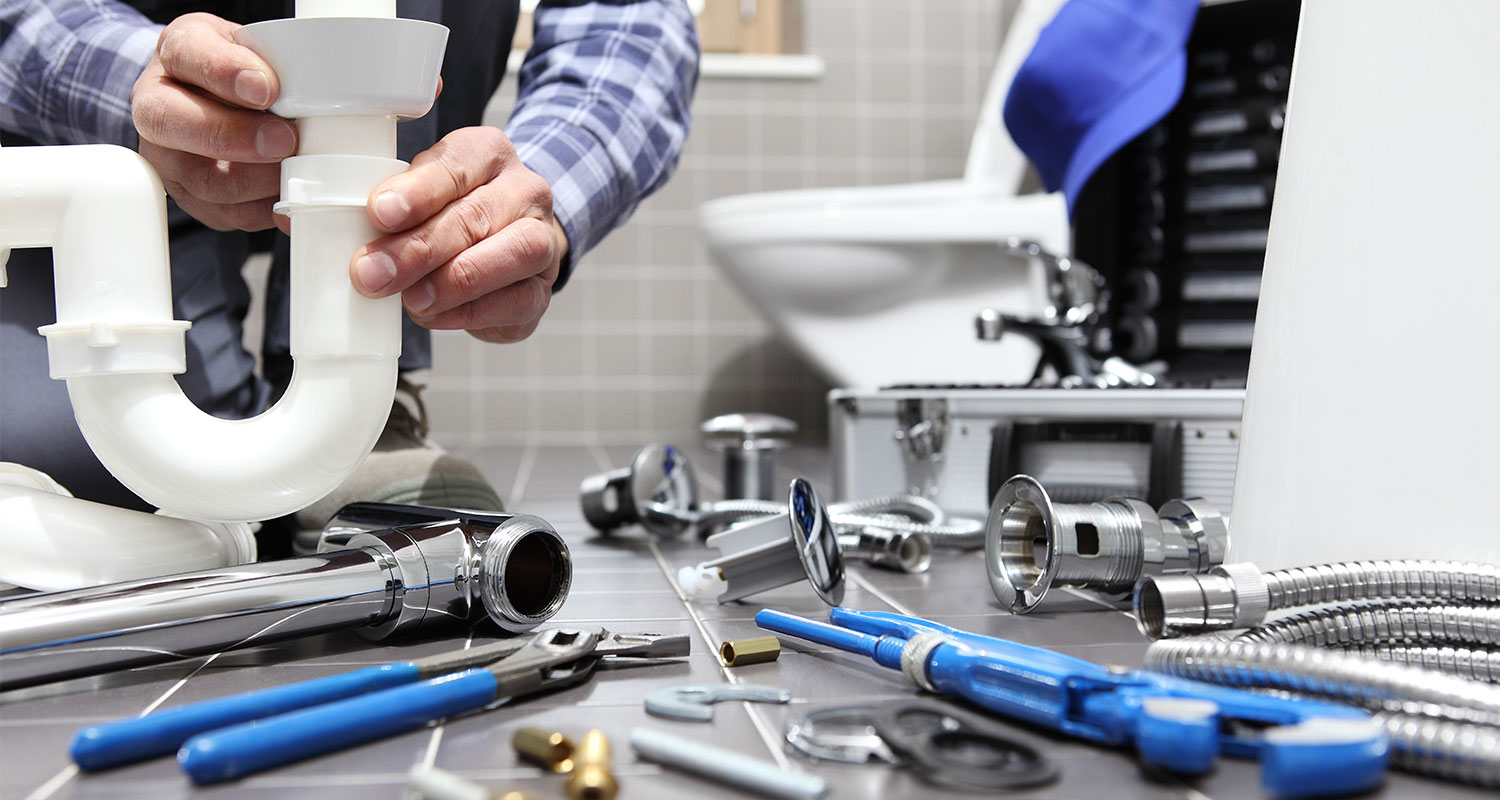A Step-by-Step Guide to Efficient Hot Water Heater Installment for Optimum Efficiency
Getting started on the task of mounting a water heating unit is a venture that demands accuracy and a systematic strategy for achieving ideal efficiency. As you proceed, the intricacies of linking water supply lines and establishing up reputable electric or gas links await, appealing understandings into making sure efficiency and dependability.
Picking the Right Water Heater

Following, consider the size and capability of the hot water heater. It's crucial to analyze your household's warm water requirements, which can differ based upon the variety of occupants and their usage patterns. A system that's as well tiny might lead to inadequate hot water, while a large version could result in unnecessary energy consumption.
Performance ratings also play a pivotal role in choice. Seek water heaters with high Energy Factor (EF) rankings, suggesting remarkable efficiency and minimized power usage. Tankless designs, though generally much more costly in advance, deal considerable power savings over time due to their on-demand home heating capabilities.
Preparing the Installment Location
Prior to installing a new hot water heater, careful prep work of the installation location is crucial. This ensures a smooth installment process and aids stop future difficulties (Plumbing Services Alabaster AL). Begin by choosing a proper location that adheres to neighborhood building regulations and security requirements. The area should be dry, well-ventilated, and easily accessible for maintenance. It's critical to gauge the room carefully to accommodate the hot water heater's measurements, making certain adequate clearance around the device for effective procedure and servicing.
Check the floor for stability, as the water heating system will certainly need a strong, degree surface area to operate efficiently. If needed, install a drip pan beneath the system to capture prospective leakages or spills, protecting against water damage to the surrounding area.
Additionally, make sure that all necessary tools and materials are on hand prior to beginning the installation. This includes products such as wrenches, screwdrivers, a level, and any type of extra hardware needed for installing and securing the heating system. A well-prepared setup location establishes the structure for a successful water heating unit arrangement, optimizing performance and safety.
Connecting Water Lines
When linking water lines to your recently mounted water heating unit, it is vital to ensure that all links are protected and leak-free to keep effective operation and avoid water damages. Begin by identifying the cool and hot water system lines. The chilly water inlet is generally marked with a blue tag or a "C", while the warm water outlet is noted with a red tag or an "H".
Usage versatile water heating system ports to help with a much easier installation process. Prior to connecting the adapters, put a plumber's tape around the threaded ends of the water heating system's inlet and electrical outlet pipes.
As soon as connections remain in place, gradually activate the main water valve. Evaluate each connection for leaks by aesthetically feeling and inspecting for moisture. Tighten up links as needed, and make certain the stress safety valve is properly installed, guarding versus too much stress build-up.
Establishing Electrical or Gas Connections
Properly establishing the electric or gas connections for your water heating system is a critical step to make sure safe and efficient operation. For electrical hot water heater, begin by verifying that the electric circuit works with the heater's voltage and amperage needs. Make sure the power supply is switched off at the breaker to avoid accidents. Attach the electrical cords to the heating unit adhering to the manufacturer's electrical wiring diagram. Normally, this includes linking the ground cable to the green terminal, and the staying wires to their matching terminals, securing each with cord nuts.
For gas water heating units, safety and security is vital. Link the gas line to the water heater using a versatile gas port, guaranteeing it is properly threaded and secured with pipe joint compound or Teflon tape suitable for gas connections.
Once connections are made, inspect for any kind of potential leaks. For gas lines, apply a soapy water service to the joints; bubbles suggest a leak. For electric links, ascertain that all wiring is protected and appropriately protected, keeping compliance with local electric codes.
Examining and Adjusting for Efficiency
With the electrical and gas links firmly in place, the next step is assessing the operational performance of your water heating system. Begin by very carefully transforming on the water supply and making certain there are no leaks at any of the shutoffs or joints.
Next, execute a complete assessment to make certain the home heating components or burner are functioning correctly. For electrical heating systems, use a multimeter to confirm if the aspects are drawing the ideal current. In gas designs, observe the burner flame; it should be Recommended Reading blue and steady, showing efficient combustion.
Readjust the setups as necessary to eliminate inefficiencies. Consider carrying out insulation steps, such as including a hot water heater covering, to better improve performance by lessening warm loss. Additionally, examine the anode pole's condition, as a worn-out pole can decrease efficiency and bring about container corrosion.
Verdict
Effective water heating unit setup that site is important for ensuring ideal performance and energy savings. Securely linking water supply lines and thoroughly establishing up electric or gas connections decrease potential problems.

Effectively establishing up the electric or gas connections for your water heater is an essential action to make certain risk-free and efficient operation. For electrical water heating systems, begin by confirming that the electrical circuit is go to this web-site suitable with the heating unit's voltage and amperage requirements. Attach the gas line to the water heating unit using an adaptable gas port, guaranteeing it is appropriately threaded and secured with pipeline joint compound or Teflon tape ideal for gas links.